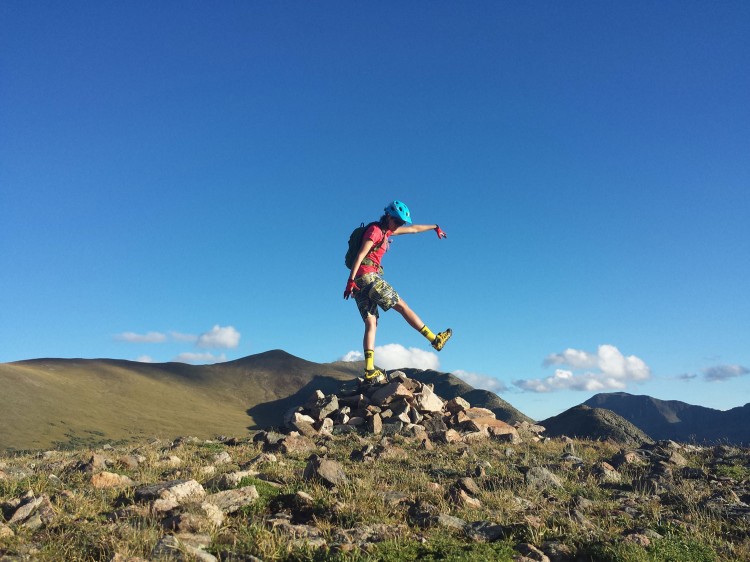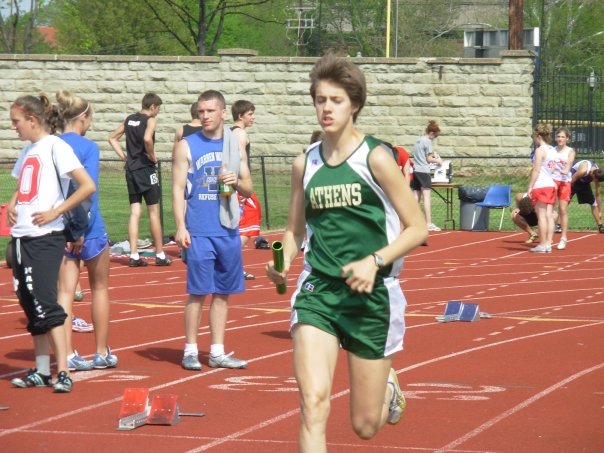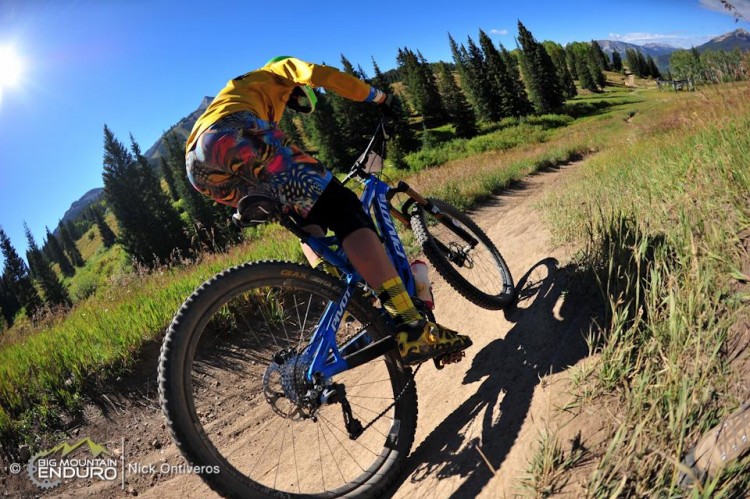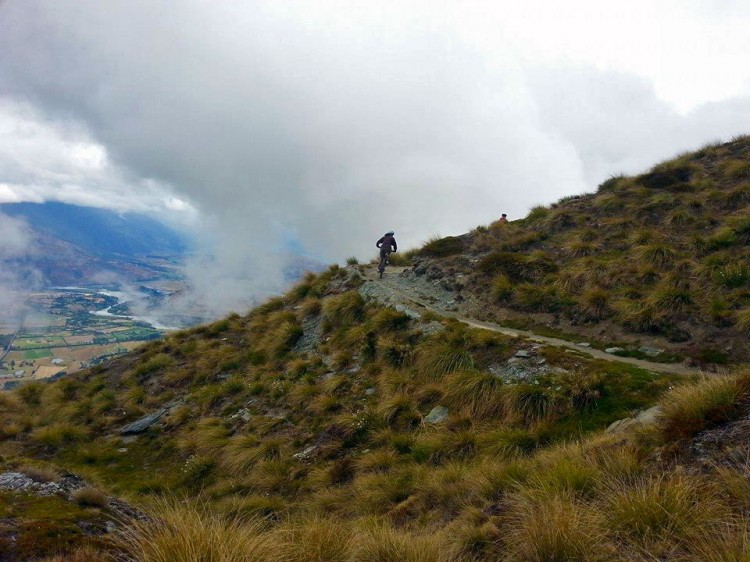This post is a little different than normal — I haven’t written a book review since, like, 6th grade, and it feels weird doing so on my blog. That said, over the past few years I’ve really changed my perspective on what it means to be an athlete and why I do what I do. I plan on talking about that a lot on this blog, and it would be unfair to suggest I’ve come to some of my conclusions in a vacuum. So, in honor of my rigorous and oft forgotten academic training, I’m going to give some credit where credit is due.
Plus, reading is awesome and you know you need to do it more.
The following are two books that have influenced me over the past six months and (I hope) made me a better, stronger and more mentally-balanced athlete.
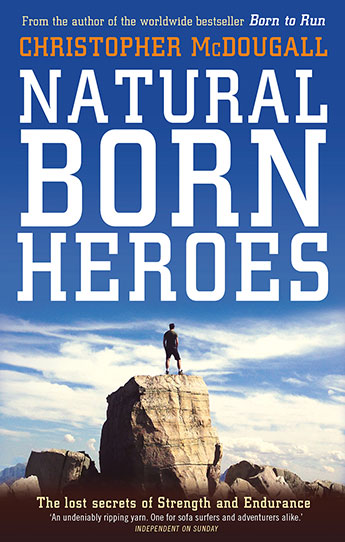
Book #1 – Natural Born Heroes: How a Daring Band of Misfits Mastered the Lost Secrets of Strength and Endurance by Chris McDougall
— Yes, written by the guy who wrote Born to Run and sparked a dubious, world-wide trend of running without shoes, but how can you NOT pick up a book with a tagline like that? I admit I was a little skeptical of this book because I had read Born to Run and while I had loved it at the time, I had tried to whole barefoot running thing and it had been pretty much the opposite of what my injury-prone feet needed. But I think it was good go into “Natural Born Heroes” with that perspective, because, just to get this out of the way first, McDougall is the ULTIMATE fad monger, and you have to read this book with that in mind, otherwise you’ll be swept off your feet and running for the nearest cross-fit gym while simultaneously purging your house of all carbohydrates. However, if you read this book a little critically, the underlying messages are powerful and, I think, very important. The jist is this: Humans are meant to be athletes. Our bodies are capable of more than we think they are. Play is vitally important. And “single-sport” athletes are often not all that athletic at all outside of their chosen sport.
While there’s all sorts of good stuff in this book (kidnappers, revolutionaries, parkour, steak, etc.), it was that last bit that really got to me — as a long time endurance athlete, I’ve always been a bit of a pile of suck at things outside the realm of riding bikes or running in a straight line. Let’s just say I probably could NOT out sprint a bad guy or leap into a burning building to save someone. In other words, I’m not all that useful to society. The biggest theme of Natural Born Heroes is that we should be fit to be useful — that’s the bigger meaning. Not winning races, being useful. Carrying a person out of a burning building, running to get help, climbing a tree to get an old lady’s cat. That’s why it matters. This is wildly important because I think a lot of athletes struggle with that old “what is the point” question, and fall into depression or just general bitterness when their careers are over, or when things don’t end their way. It’s helpful to have a broader perspective, something a little beyond “I need to ride my bike fast down mountains.” This perspective has certainly helped get me into the gym, working on general strength, not just exercises that will make me faster on a bike. Being strong for the sake of being capable is empowering in and of itself — it doesn’t even have to make me faster (although it has).

Book #2 — The Chimp Paradox by Steve Peters
— In some ways this book is the polar opposite of Natural Born Heroes. Instead of carefully crafted narrative non-fiction, here we have the classic “beat you over the head with my point” self-help book, in other words, exactly the sort of thing I purport to hate. And yes, I pretty much hated the first two chapters of this book, but then once I got over myself, I realized how incredibly helpful this model could be. The general idea is that we have two brains, the “human” brain that controls our logical thinking, and our “chimp” brain, that controls our emotional, instinctual thinking. One of the main tenets is that, to paraphrase, if you don’t want to be feeling or behaving the way you are, it’s because there’s a conflict between your human and your chimp. I.e. when you plan to get up early and go for a ride, that’s your human doing the work without realistically assessing how your chimp is going to feel about the alarm clock going off at 6am. Or when you want to find the positives in a “so-so” race but the evil part of your brain keeps you wallowing in despair. The titular paradox is that the chimp (in other words, your emotions) can be your best friend or your worst enemy, and it’s a pretty relatable concept for me. It’s a well-known fact on this blog that I can be a total headcase about racing, so this perspective has been somewhat refreshing and has given me a framework for dealing with mid-race implosions (which I’m really hoping to have a lot less of in 2016).
However, the part of The Chimp Paradox that I found the most helpful wasn’t even the whole chimp/human business that takes up the majority of the book, but rather a humble chapter on goal setting where Peters casually drops the following bomb: “A dream is something that you want to happen but it is not fully under your control, while goals are something that you can set and achieve because you have full control over them.”
I mean, whoa. To put that in bike speak — the dream is to win the race and the goal is to follow the training plan. Put that way, everything suddenly sounds a lot more manageable. I can honestly say that this has dramatically changed the way I’ve been thinking about my plans, dreams and goals for the 2016 season. I’ve also realized that, in the past, my goals have been pretty shitty — which is to say they haven’t been goals at all, just poorly articulated dreams. More on this topic coming soon, but it’s been a pretty massive revelation, and I have this book to thank.
So there, your spring reading list is all set. You’re welcome. Also, please feel free to leave me book recommendations in the comments — you know I loooooove books and I’m sure there’s a lot out there on these topics that I haven’t explored at all, so suggest away!

